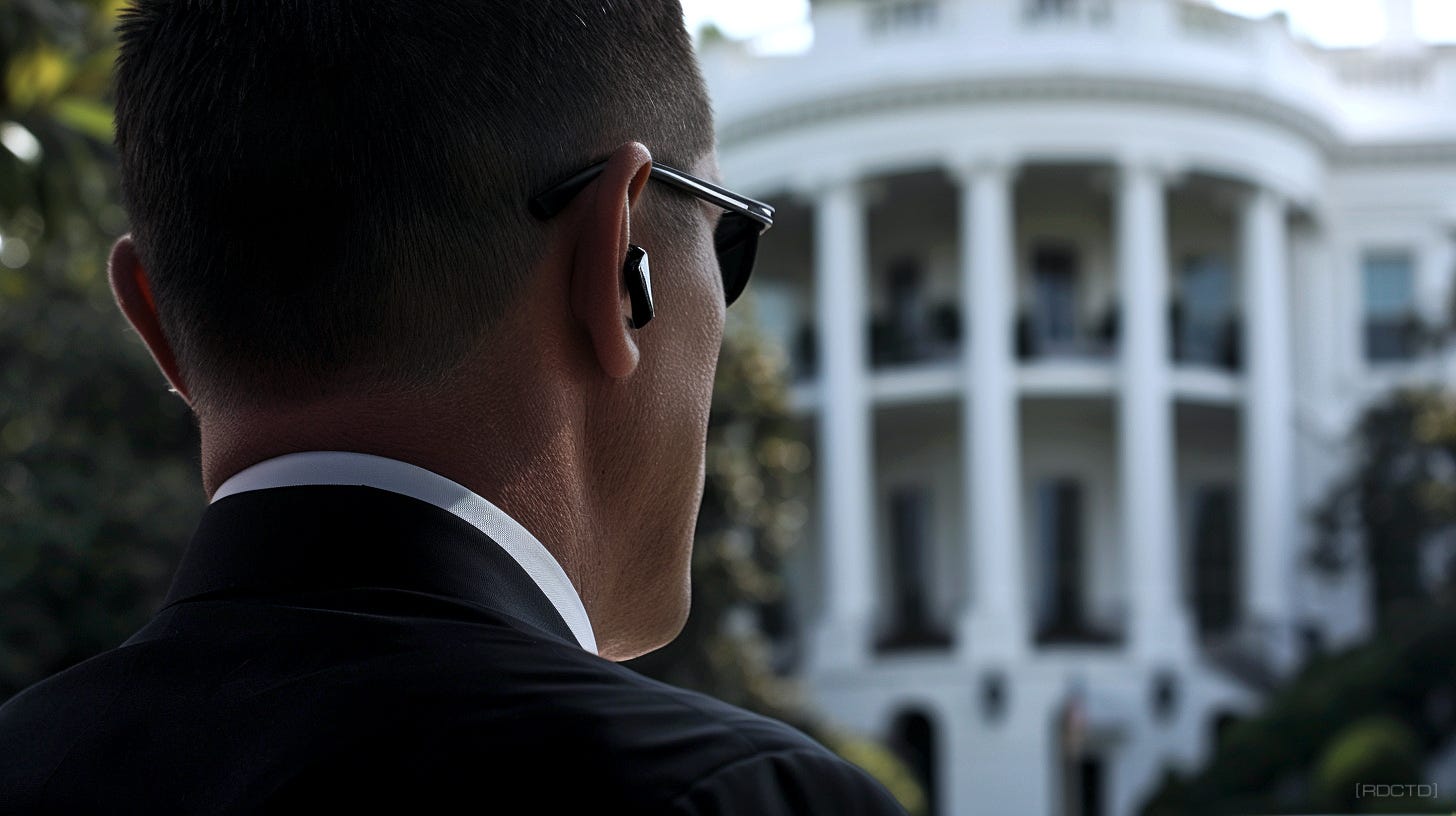Secret Service Agent: Situational Awareness Techniques
The situational awareness of a Secret Service agent is characterized by a constant, heightened state of vigilance and the ability to rapidly assess and respond to potential threats.
Agents meticulously observe their surroundings, identifying and evaluating every detail, from body language and crowd behavior to environmental anomalies and security vulnerabilities.
Baseline and Anomalies
• Establishing a Baseline: Agents begin by understanding what “normal” looks like in any given environment. This involves familiarizing themselves with the typical behavior, sounds, and activities of a location. For example, the usual foot traffic in a public square or the common sounds in a busy hotel lobby.
• Identifying Anomalies: Once a baseline is established, any deviation from the norm becomes an anomaly. Anomalies can be subtle, such as a person lingering without purpose, a vehicle parked in an unusual spot, or a sudden change in noise level. Detecting these anomalies is crucial for preempting potential threats.
360-Degree Awareness
• Constant Scanning: Agents are trained to continuously scan their environment, using both their central and peripheral vision. This practice ensures they are aware of what is happening in all directions.
• Mirrors and Reflections: Utilizing reflective surfaces like windows and mirrors allows agents to monitor areas behind them without turning around, maintaining a discreet vigilance.
Proxemics
• Understanding Personal Space: Proxemics involves recognizing the spatial relationships between people. By observing how individuals position themselves relative to others, agents can identify suspicious behavior, such as someone trying to get unusually close to a protected individual.
• Body Language: Reading body language is essential. Agents look for signs of nervousness, such as fidgeting, avoiding eye contact, or unnatural movements that may indicate concealed intentions.
Behavioral Pattern Recognition
• Behavioral Profiling: Secret Service agents are skilled in behavioral profiling, understanding common behavioral patterns associated with specific threats. This includes recognizing signs of aggressive behavior, mental distress, or individuals conducting pre-operational surveillance.
• Scenario-Based Training: Agents undergo extensive scenario-based training to simulate various threat environments. This training hones their ability to recognize and respond to a wide range of potential threats.




